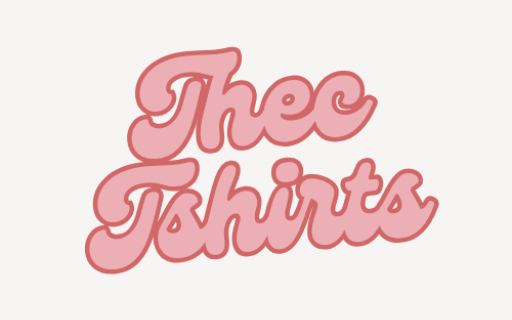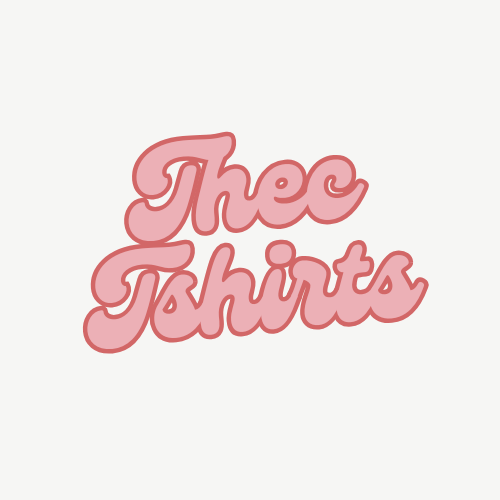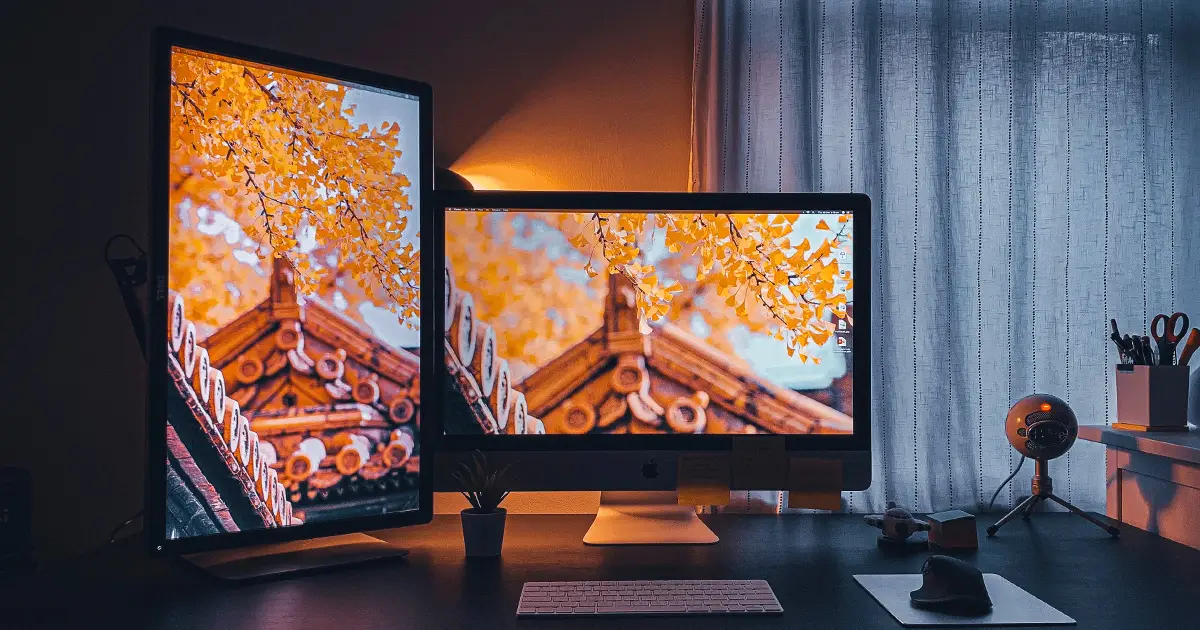In the ever-evolving landscape of creative expression, digital art has emerged as a powerful and versatile medium. Whether you’re an aspiring artist seeking to enhance your skills or someone looking to explore the lucrative world of digital art sales, this guide will walk you through the entire process. From the basics of creating digital art to monetizing your masterpieces, we’ve got you covered.
Bonus: Check out the link for a detailed guide on how to sell your digital art on Artistshot.com.
How to Make Digital Art
Digital art opens up a realm of possibilities, allowing artists to experiment with diverse styles and techniques. If you’re eager to dive into the world of digital art but don’t know where to start, fear not.
1. Equip Yourself with the Right Tools
Before you embark on your digital art journey, it’s crucial to equip yourself with the right tools. Invest in a graphics tablet and a stylus pen to replicate the feeling of traditional drawing. There are various options available, and it’s worth exploring what suits your preferences and budget.
2. Choose the Right Software
Selecting the right software is a pivotal decision in your digital art endeavors. There are industry-standard programs with a myriad of features. If you’re looking for free alternatives, consider exploring options that provide robust toolsets for digital artists.
3. Familiarize Yourself with Basic Techniques
Start by getting comfortable with basic digital art techniques. Learn to navigate layers, understand brush settings, and experiment with different brushes to create various textures and effects. Practice sketching, shading, and blending to develop a foundation for more intricate pieces.

4. Explore Tutorials and Online Resources
Platforms like video-sharing sites and online learning platforms offer step-by-step guides for beginners, covering everything from basic techniques to advanced concepts. Learning from experienced artists can significantly accelerate your progress.
5. Experiment with Different Styles
Digital art provides the freedom to experiment with a wide array of styles. Try your hand at realism, abstract, cartoon, or any other style that resonates with you. Don’t be afraid to explore and find your unique voice in the digital art world.
6. Develop Your Digital Art Workflow
Establish a workflow that suits your creative process. This includes organizing layers effectively, utilizing shortcuts, and setting up a workspace that enhances your productivity. A streamlined workflow can make the digital art creation process more enjoyable and efficient.
7. Practice Consistently
As with any skill, practice is paramount. Set aside dedicated time each day or week to hone your digital art skills. Consistency is key to improvement, and you’ll gradually see your artistic abilities evolve as you continue to create.

8. Seek Feedback and Join Communities
Joining online communities, such as forums or social media groups dedicated to digital art, provides an opportunity to connect with fellow artists, gain insights, and stay motivated on your creative journey.
9. You Will Make Mistakes
Mistakes are an integral part of the learning process. Don’t be afraid to make them; instead, view them as opportunities to learn and refine your skills. Embracing a growth mindset will help you overcome challenges and become a more resilient digital artist.
10. Create Your First Digital Art Piece
Now that you’ve familiarized yourself with the basics, it’s time to create your first digital art piece. Start with a simple concept, experiment with different elements, and enjoy the process of bringing your imagination to life on a digital canvas.
What Kind of Digital Art Sells Best?
Determining the most lucrative forms of digital art involves understanding market trends and audience preferences. Currently, digital art that sells well often includes:

Printable Artwork: High-quality digital prints suitable for framing are popular for home decor.
NFT Art: Non-fungible tokens (NFTs) have surged in popularity, making digital art ownership unique and collectible.
Custom Digital Portraits: Personalized digital portraits, avatars, and character designs cater to individual preferences.
Fan Art: Digital creations inspired by popular franchises or characters often attract a broad audience.
Digital Illustrations for Merchandise: Artwork suitable for printing on various items like apparel, mugs, or phone cases appeals to a diverse market.
Digital Comics and Graphic Novels: Engaging storytelling through digital formats has gained traction in the digital art market.
Please note that as an artist, you should stay attuned to emerging trends and adapt your creations to meet the evolving demands of the digital art marketplace.
How to Turn a Drawing into Digital Art
Transforming your hand-drawn artwork into digital form is an exciting process. Here’s a concise step-by-step guide to help you make the transition seamlessly:

Choose Your Tools: Opt for a scanner or a high-resolution camera to capture your drawings.
Scan or Photograph: Capture your selected drawing, ensuring good lighting, and save the image to your computer.
Import into Digital Software: Choose software like Photoshop or Procreate, then import your image, and make basic adjustments.
Adjust Image Settings: Fine-tune brightness, contrast, and saturation to match the nuances of your original drawing.
Set the Canvas Size: Determine the dimensions of your digital canvas to maintain proportions.
Create a New Layer: Establish a new layer for any modifications or enhancements, preserving the original.
Trace or Refine: Use digital tools to trace or refine your drawing on the new layer with precision.
Add Color and Texture: Experiment with color and texture digitally to enhance visual appeal.

Save Your Artwork: Regularly save your progress to avoid losing any modifications.
Explore Enhancements: Experiment with filters or effects for additional creative touches.
Export Your Final Piece: When satisfied, export your digital artwork in a suitable format for your intended use.
Digital Art Skills You Should Improve
As a digital artist, continuous improvement is vital to staying relevant and pushing creative boundaries. Here are key skills you should focus on enhancing:
Digital Software Proficiency: Master the tools of your chosen digital art software. Whether it’s Adobe Creative Cloud, Procreate, or other platforms, understanding features and shortcuts enhances efficiency.
Drawing Fundamentals: Strengthen your foundational drawing skills. Even in the digital realm, a solid grasp of concepts like proportion, anatomy, and perspective is crucial.
Color Theory: Develop a nuanced understanding of color theory. Learn how to use color harmonies, contrasts, and palettes to evoke specific emotions and enhance visual appeal.

Composition Techniques: Improve your composition skills to create visually engaging and well-balanced artwork. Experiment with focal points, leading lines, and framing to guide the viewer’s attention.
Brushwork Mastery: Familiarize yourself with various digital brushes and refine your brushwork technique. Understanding how different brushes behave helps achieve diverse textures and effects.
Lighting and Shadows: Learn to effectively portray lighting and shadows. Mastery of light sources and understanding how they interact with objects elevates the realism and impact of your digital art.
Texture Application: Experiment with applying textures digitally to enhance the tactile quality of your artwork. This skill adds depth and richness to your creations.
Digital Painting Techniques: Explore different digital painting techniques, such as blending, layering, and masking. These techniques contribute to the polished and professional look of your digital art.
Digital Sculpting: If working in 3D art, enhance your digital sculpting skills. This involves shaping and refining 3D models to achieve intricate details and realistic forms.
Animation Basics: Familiarize yourself with animation fundamentals if interested in dynamic digital art. Understanding keyframes, timing, and motion helps bring your creations to life.
Storytelling: Develop your storytelling abilities, especially if creating narrative-driven digital art. Engaging storytelling enhances the impact of your work and connects with viewers on a deeper level.

Adaptability to Trends: Stay attuned to current digital art trends and technologies. Being adaptable and open to new tools and techniques keeps your work fresh and in demand.
Effective Time Management: Hone your time management skills to balance creativity and productivity. Efficient workflows ensure you can tackle projects with precision and meet deadlines.
Remember, improvement is a continual process. Regular practice, exploration of new concepts, and a willingness to learn and adapt will contribute to your growth as a skilled and versatile digital artist.
How to Make Digital Art Prints
By following these steps, you can transform your digital creations into tangible works of art, ready to be enjoyed by a broader audience.
High-Resolution Artwork: Ensure your digital artwork is in high resolution. A higher resolution ensures that the details of your art are preserved when printed. Typically, 300 DPI (dots per inch) is considered standard for quality prints.
Choose the Right File Format: Save your artwork in a file format suitable for printing, such as TIFF or PNG. These formats maintain the quality of your artwork without compression loss.
Size and Dimensions: Determine the size and dimensions of your digital print. Consider the aspect ratio and the final dimensions you want for your physical print. Common print sizes include 8×10 inches, 11×14 inches, or A4.
Color Management: Calibrate your monitor and configure your digital art software for accurate color representation. Consistent color management ensures that the printed result matches your digital vision.

Print Testing: Before producing a batch of prints, do a test print on your home printer or at a local print shop. This allows you to check colors, contrast, and overall quality before committing to a larger print run.
Choose a Printing Method: Select a printing method based on your budget and preferences. Common options include inkjet, laser, or professional photo printing services. Each method has its advantages, so choose one that suits your desired outcome.
Paper Selection: Choose the right paper for your digital art prints. Matte and glossy papers offer different finishes, and the weight of the paper (measured in GSM or pounds) can impact the overall feel of the print.
Printing Settings: Adjust the printing settings to match your chosen paper type and size. Pay attention to settings such as color profiles, paper type, and print quality to achieve optimal results.
Print in Batches: If you’re producing multiple prints, consider printing in batches to maintain consistency. This also allows you to identify and address any issues that may arise during the printing process.
Quality Check: Inspect each print for quality. Check for color accuracy, sharpness, and any imperfections. Address any issues before proceeding with additional prints.
Sign and Number (Optional): If you want to add a personal touch, consider signing and numbering your prints. This is especially common in limited edition runs.
Packaging and Presentation: Pack your prints carefully to ensure they stay safe in transit. Use acid-free sleeves or archival packaging to prevent damage. Consider including a certificate of authenticity if applicable.

Selling: Once your digital art prints are ready, promote and sell them through various channels. Use online platforms, art fairs, or local galleries to showcase and sell your prints. Or, if you opt to sell your digital art online and on a variety of custom products, visit us and start selling now!
The key to mastering digital art lies in a combination of passion, dedication, and a willingness to learn. As you progress on your digital art journey, you’ll find your unique style emerging, opening the door to a world of creative possibilities.


